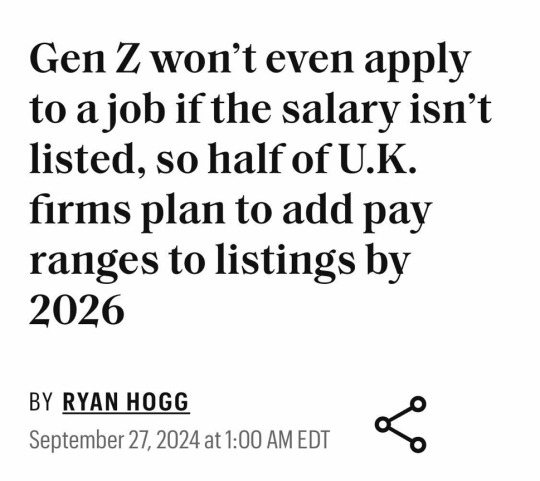#post-twitter
Explore tagged Tumblr posts
Text

Source

Source

#politics#us politics#government#the left#public health#current events#news#doge#Elon musk#twitter post#capitalism#eat the rich
64K notes
·
View notes
Text
I'M CRYING WHY DID TRUMP TAG PAPYRUS

94K notes
·
View notes
Text

We all making grandpa cry btw
#world news#anime art#anime memes#twitter#tweet#dank memes#funny post#meme#dank#funny#funny pics#silly#funny pictures#dankest memes#humor#ai art
48K notes
·
View notes
Text
good thing from jp twitter this week is queen of old man yaoi michiru sonoo discovering the term old man yaoi





update: somehow it got impossibly more wholesome



quick translation: おかえり: welcome home あ 終わった 終わった: ahhh, it's over! it's done! コーヒー? お茶?: coffee? tea? コ~ヒ~ ありがと: coffee, thank you~ ネクタイレア★★ ネクタイ取るレア★★★★: seeing him with a tie on, rarity level ★★, seeing him take a tie off, rarity level ★★★★ にあうな~: it suits him~





also please do follow: AraigumaSha: sensei's twitter account marureviere: maru, who does such valuable work highlighting bl manga for an international audience
#'this is my old man yaoi masterpiece' <3333#soooooo cute she is SO excited and pleased about it and so giddily interacting with international fans about it#and marvelling to japanese fans like: did you guys know about this??? old man yaoi \o\ \o/#psttt michiru-sensei you want to do a severance doujinshi soooo bad. please.#meanwhile foul thing from jp twitter this week is the man boasting about how he made deepfake p*rn of his girlfriend's best friend#because he couldn't stop thinking about her#and also he thought he was being such a Good Boyfriend he actually told his girlfriend about it#and he was furious she was furious#he was like women........ i'm doing this for the good of our relationship but women never understand our (men's) sacrifices#you know all those doombait articles about how japan is going to go extinct#maybe that should happen.#anyway. let old man yaoi heal you until then.#michiru sonoo#manga#yaoi#twitter#old man yaoi#queer#gay#long post#lgbt#japan#japanese
38K notes
·
View notes
Text

93K notes
·
View notes
Text

this shit is the only remaining good part of twitter
#paladin posting my new favorite twitter user#they made the funniest fucking comment on trump but i don’t want to share it because im paranoid#yeehaws#twitter#1k#10k#20k#50k
75K notes
·
View notes
Text

I can't unsee this
#arcane#jayvik#someone screenshoted it from my twitter and stole it to post it on their own blog so you prob have seen it already#if you're kind enough to give this a reblog anyway thar would help me greatly ! thank you !#jayce talis#viktor#anyway i have like 20 other arcane fanarts in stock that i have to post follow me
32K notes
·
View notes
Text
For those who don’t know, Elon Musk has recently been directing his assholery towards Wikipedia — calling them ‘Wokepedia’ due to the amount they spend on Diversity, Equity, and Inclusion, and calling for people to stop giving them money “until they restore balance to their editing authority” —, now is a great time to consider donating to Wikipedia!
#edit: if you click that link to donate‚ you gotta switch the country setting (i’ll fix it once i can get to a laptop)#sorry for not tagging his post directly. i refuse to go on twitter to find it. however the tweet is shown in the news article linked#wikipedia#wikimedia#us politics#elon musk#original post
36K notes
·
View notes
Text

Pangaea miku
#how is this the fastest growing post on twitter for me#already at 16k likes? 😭😭😭#genuinely feel like this has given me an art block#oh well..#😔#hatsune miku#horseshoe crab
43K notes
·
View notes
Text

#VOTE KOTOKO INNOCENT TRIAL 3#I'M UPDATING MY TAGS#and so milgram was born#milgram#meme#Jackalope#hope no one has done this already#this post broke containment. if you're here for tma this is about a music project called milgram where prisoners in a panopticon sing song#about their crimes . anyway . the warden is a talking jackalope .#which was edited into this post. so uh. he is on your blog now#i thought it was very obvious that this was an edited icon and display name but apparently some people think Twitter op was a milgram fan#I'm sorry to disappoint#this was supposed to be a 3 note post for niche jp music project fans#if you're reading my tags look at my Cosplays
106K notes
·
View notes
Text

#nyc#new york city subway#benches#tweet#twitter#homeless#nyc homeless#my post#photo#humor#memes#lol#funny#funny post#based on tweet#1k#5k#10k#20k
24K notes
·
View notes
Text


50K notes
·
View notes







